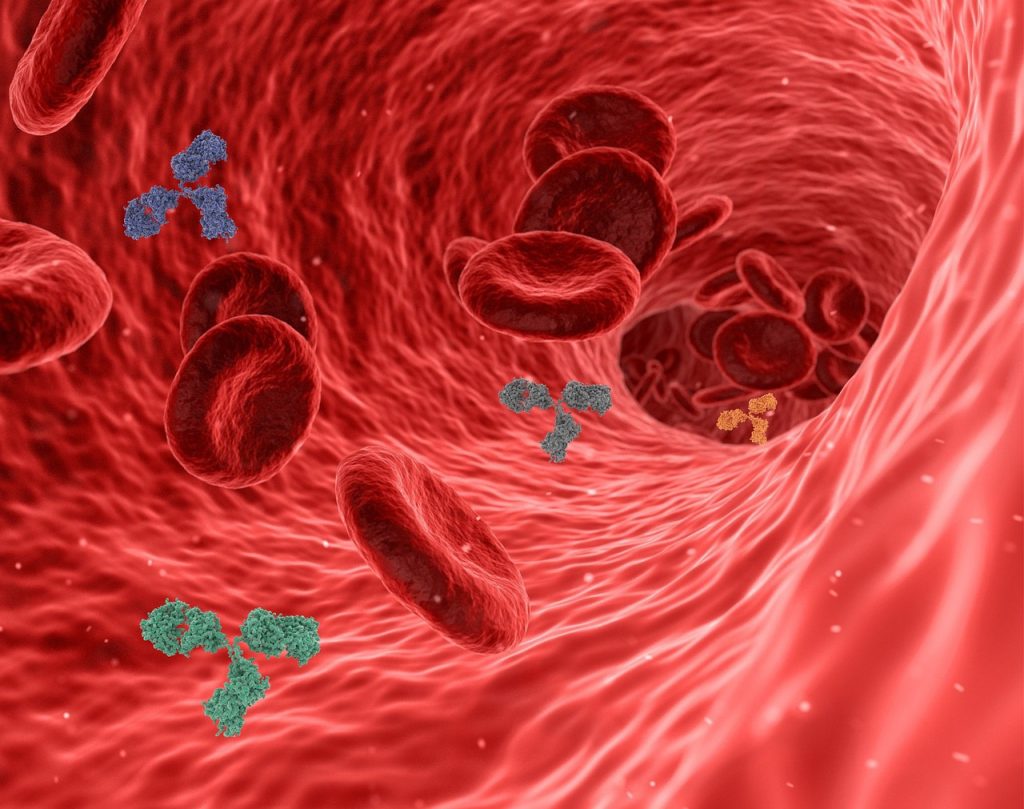You discover a massive boulder obstructing the entire tunnel on Tuesday while you\’re travelling through it. Not a single gap.
 Apply those examples to your own health now. The arteries that supply blood to your heart are called tunnels. Blockages caused by the boulders and rubble can cause issues, as seen by symptoms.
Apply those examples to your own health now. The arteries that supply blood to your heart are called tunnels. Blockages caused by the boulders and rubble can cause issues, as seen by symptoms.
Both blocked arteries and choked tunnels are bad for the flow of traffic and your heart.
The boulder is known as a Chronic Total Occlusion (CTO) in the field of cardiology. It denotes total blockage of the artery. 15% to 20% of patients with heart problems experience this. There may occasionally be a total obstruction for several months or even years. There is a genuine need to assist these untreated people, as barely 3% to 5% of these patients have a stent or bypass operation.
Your quality of life may be impacted and symptoms may arise if a CTO is not diagnosed and treated.
Effects of an entire blockage
Not all artery blockages are the same. It is far simpler to treat an artery that is 97% obstructed than one that has been 100% shut for an extended period of time. However, the symptoms—chest discomfort, tightness, and dyspnea—may be identical.
When an artery is totally stopped, a new blood supply may occasionally form around the blockage. There won’t be as much blood flow to your heart from this new blood supply, known as collaterals. Breathlessness and chest pain are two symptoms that may result from this.
If you experience these symptoms, a stress test can assist identify whether an arterial blockage or another issue is to blame. Visiting a physician is the first step.
Handling
Treatment for Chronic Total Occlusions was limited to trying to poke a wire through the blockage from the front fifteen years ago. Because of the 70% to 75% success rate of these operations, some doctors declined to prescribe therapy.
We have more options for treatment now. Occasionally, we are able to bypass the obstruction or proceed in reverse via the heart. Success rates are currently between 90% and 95%.
It’s crucial to understand that there is treatment available if you’re informed that your artery is 100% clogged.
Advantages of Therapy
Patients should be aware that a successful course of treatment will improve their quality of life and relieve their symptoms. Although long-term results of this kind of treatment are still being tracked by clinical research, thus far the benefits have been remarkably consistent.
The majority of physicians will recommend you to a CTO Centre if you require therapy for a Chronic Total Occlusion. With regard to CTO treatment, UT Southwestern is well-positioned to establish a Centre of Excellence.



